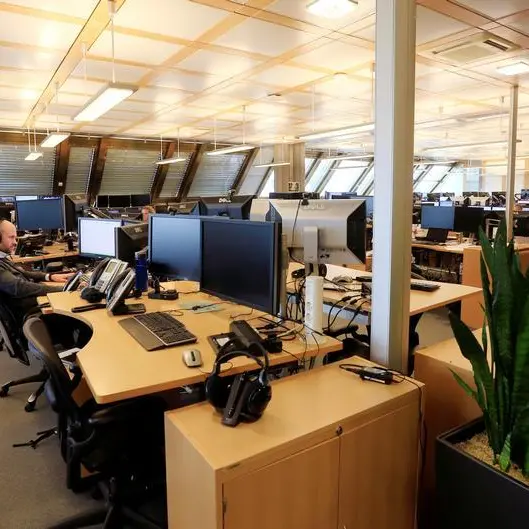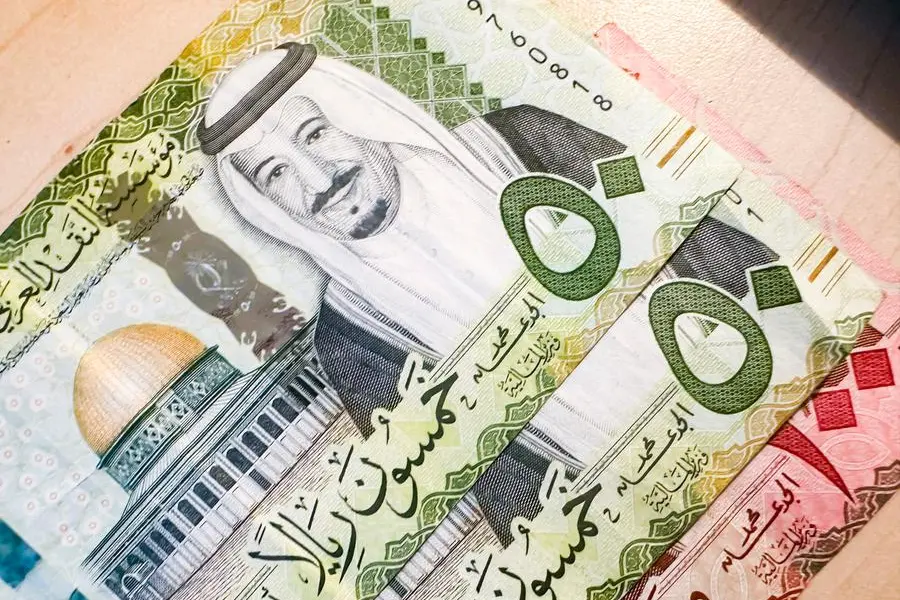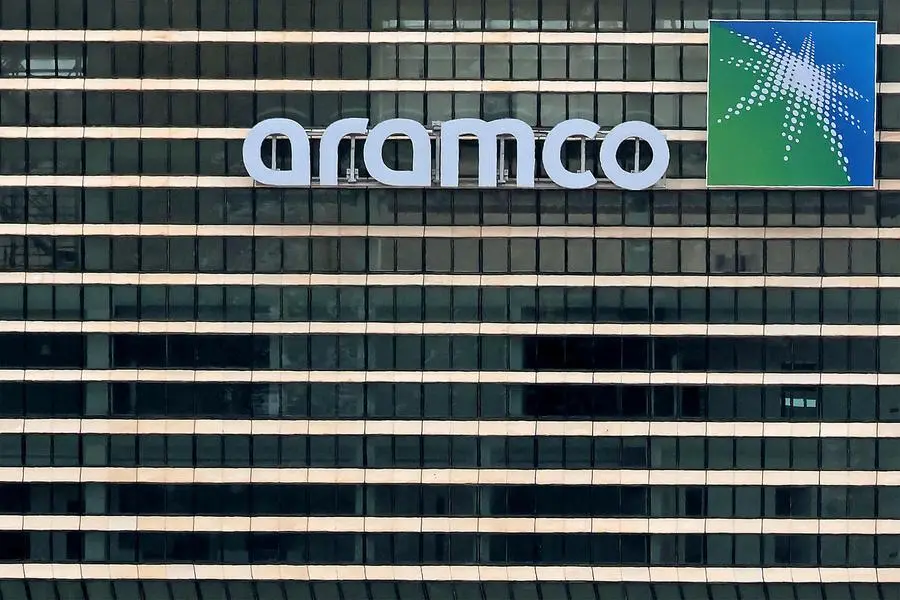PHOTO
Meta, the parent company of Facebook, Instagram, and WhatsApp, reportedly plans to invest over $10 billion in a privately owned subsea cable network spanning more than 40,000 kilometers.
This ambitious project aims to enhance Meta’s control over its vast internet traffic, reduce dependence on telecommunications companies, and mitigate geopolitical risks.
The proposed route is expected to connect the United States. East Coast to India via South Africa, and then from India to the U.S. West Coast through Australia, forming a “W” shape around the globe.
The initiative reflects Meta’s strategic move to secure its infrastructure amid growing geopolitical tensions and concerns about the vulnerability of undersea cable.
According to sources close to the company, the initiative, still in its early phases, would be Meta’s first fully owned and operated subsea cable.
This bold move underscores Meta’s focus on strengthening infrastructure to support its platforms, which generate 10 per cent of fixed and 22 per cent of mobile internet traffic globally, as first reported by TechCrunch.
Sunil Tagare, industry expert, who reported the plans in October, noted that the project’s initial budget of $2 billion will likely increase significantly.
“This is a monumental project in both investment and scale. The shortage of cable-laying ships and resources could lead Meta to build the cable in phases,” Tagare explained.
Although Meta has yet to publicly confirm the plans, an official announcement regarding the route, capacity, and objectives is anticipated in early 2025.
Logistical Hurdles: Meta faces difficulties securing the resources needed for a project of this scale. Cable-laying ships are in limited supply, with tech giants like Google already monopolising contracts with firms such as SubCom.
Tight Market Conditions: Ranulf Scarborough, a submarine cable industry analyst, highlighted the constraints. “The tight market for specialised resources means Meta may need to adopt a phased construction approach, potentially extending the timeline.”
Meta’s infrastructure initiatives are led by Santosh Janardhan, its head of global infrastructure. Reports suggest the project is being developed from its South African operations, indicating the growing significance of emerging markets in Meta’s strategy.
Traditionally dominated by telecom carriers, subsea cable construction has seen a shift as content-driven companies like Meta seek greater control over the infrastructure delivering their services.
If successful, this cable will strengthen Meta’s ability to handle data traffic independently, reduce reliance on shared networks, and unlock opportunities in underserved regions.
Copyright © 2022 Nigerian Tribune Provided by SyndiGate Media Inc. (Syndigate.info).























